I wrote the last blog the morning of my anatomy scan – the next events had me so stunned that I didn’t post it.
In the movies, it seems that every doctor’s appointment a pregnant person is getting an ultrasound. I was surprised in pregnancy that there is a confirmation ultrasound and then the anatomy scan. Knowing this would be one of the last glimpses into Baby D’s world – I was eager to hear how he was doing. The romance dissipated quickly as I laid on the table, warm jelly on my stomach. I couldn’t see a thing but a white ceiling.
I felt jealous that my husband could see all of the pictures that she was taking. I felt annoyed that the ultrasound tech talked in baby coos and clichés without any reference to what she was actually seeing. Tell me what organs you see, woman!! How many kidneys?!?
Fine, we’ll wait for the doctor.
My husband and I had planned a romantic cabin away for the weekend to celebrate halfway through pregnancy and hearing that the baby looked ok. It wasn’t to be arrogant, it was my focus on remaining calm and optimistic.
“Everything looks good,” the doctor began, “except we can’t tell if the heart vessels cross. You’ll need a level II ultrasound.”
I felt dizzy. My own heart paused. I was surprised by the hot tears on my cheeks. I’ve remained calm for the past months, and now when I opened up my mouth to speak, no words were coming out.
She handed me some tissues – it’s weird to be on the other side of health care.
She gave some generic comfort – stating they want to be safe since they couldn’t get a good picture. She didn’t think anything was wrong – but can’t tell for sure. Again, no specifics.
I was so embarrassed by my emotional outburst, that I focused on regulating my breathing and getting out of the office as fast as possible so I could cry in peace in the car. And I did.
And then I had questions. A lot of questions. But only google to help me.
I did what any rational human being would do – went home to further read on the heart disease I decided it was, evaluate centers, pick surgeons. I read the pregnancy message boards I thought I had sworn off. After the rational decisions were done (yes, I use that word ironically) – I did spend the rest of the week recentering.
I found myself whispering in the halls “please don’t have a heart condition, please don’t have a heart condition.” But when I took stock, I knew if the heart condition was there – nothing could change it now, especially not my desperate cries.
I tried to take my own therapeutic advice. Worrying about what I don’t know does not help. I filled the week as quickly as I could – worked good hours, exercised a bit more, picked out furniture, cooked more elaborate meals.
7 days of self-therapy later, my appointment arrived at Ohio State University. My husband and I joked around in the waiting room, trying to keep things light.
The ultrasound tech began – and I told her what the concerns were as well as my employment background. She nodded in understanding and started with the heart. Vessels clearly cross, blood flow looks good, all chambers there, no extra fluid.
The best exhale. I might marry this tech.
She spent the next thirty minutes going through every organ and bone measurement. There was a big screen in front of me and she explained each thing she saw and what it indicated.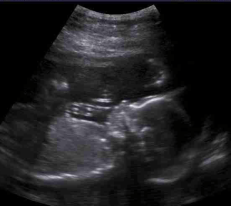
What type of heaven is this place? I wondered.
I’ve never been so appreciative of anyone in healthcare in my life.
We are lucky. We know that. Congenital heart disease is sometimes genetic, often random, and rarely preventable. My story is common – but the “other” version still lingers with me.
The experience taught us a lot. I have regrets on my end for not advocating better for myself. I wish I had asked the doctor give me a minute to have an emotional reaction so I could have asked the questions that I needed – I wish I had pressed more for concrete information, statistics, research studies.
It was a strong reminder of what the families I work with go through – and that they are the true heroes each day. It strengthens my advocacy for working towards care that prioritizes family needs.
As I’ve written this blog I’ve tried to come up with some poetic ending, and none have been quite elegant. But maybe that is the point. This is not an ending, this is a blip on the journey to meet our son (and a pinpoint in the story of his whole life). Parenting is scary and an ultimate testament to giving up some of the reigns. We’ll see what happens next.

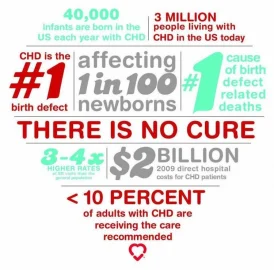
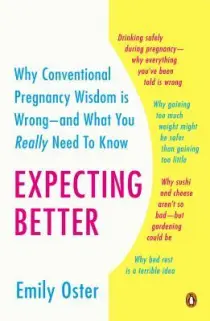
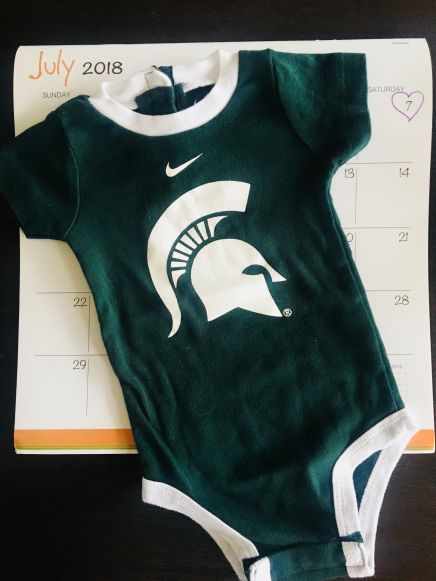




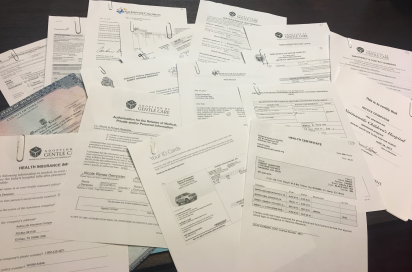
 gement Form. Signing we are aware of their fees and policies.
gement Form. Signing we are aware of their fees and policies.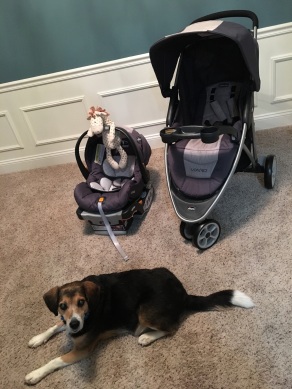
 t at the birth.
t at the birth.